Antonio Carluccio Foundation
Your folders
Your folders
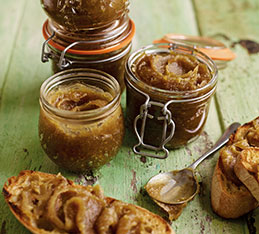
Ingredients
Export 3 ingredients for grocery delivery
Instructions
With their high content of proteins and healthy oils, nuts are much appreciated in Italy. Most are used in confectionery and sticky cakes, but pistachios and chestnuts are used in soups and pastas. (My mother used to put hot chestnuts in my pockets in winter to keep my hands warm going to school.) Chestnut flour is used in gnocchi, pasta, bread and cakes. When fresh, almonds are minced to make a heavenly drink, latte di mandorle; ground, they are the main ingredient of marzipan and frangipane (their shells are used as fuel). Hazelnuts are used similarly. Pine nuts or kernels are used in pesto genovese; walnuts in a Ligurian pasta sauce. Walnut and hazelnut oils make wonderful dressings.My granny, Donna Peppinella, was a very good country cook and her chestnut jam, given to us as children after school for merenda (afternoon snack), still remains in my memory. The jam was seasonal, of course, made in the autumn when the chestnut trees were groaning with fruit. (Sadly, many chestnut trees are dying through disease now, particularly in the north of Italy, though great efforts are being made to save them.) Although the preparation for making this jam is a little elaborate and takes a little patience, your efforts will be well worthwhile.Pierce the chestnuts and place in a pan. Cover completely with water and add a pinch of salt. Bring to the boil and cook for 1 hour. Drain them, then leave to cool a little before peeling off the first layer of tough brown shell and as much of the papery brown skin as possible. Put them back in the pan, cover with water and boil for another 10 minutes. Drain, cool a little, then peel off the remaining pieces of skin. Put the chestnuts into a processor or blender and blend to a fine pulp. In another pan gently heat the golden syrup, 2 tablespoons of water, the vanilla pod and sugar. When the sugar has melted and you have a syrup, mix in the chestnut pulp. Cook for another 10 minutes. Spoon into warm sterilised jars, and keep for up to a year (if you can resist eating it within the first couple of weeks!). It can also be used for filling ravioli or tarts.This recipe is from Two Greedy Italians Eat Italy
Top similar recipes
Curated for youYour folders
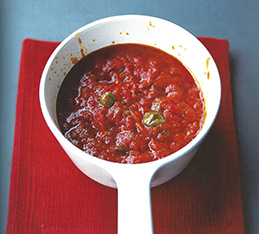
 152 views
152 viewsAntonio Carluccio Foundation
antoniocarlucciofoundation.org
Your folders
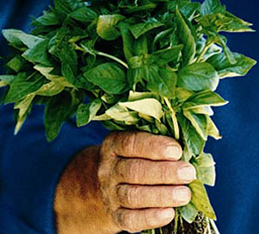
 216 views
216 viewsAntonio Carluccio Foundation
antoniocarlucciofoundation.org
Your folders
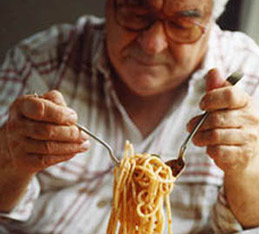
 214 views
214 viewsAntonio Carluccio Foundation
antoniocarlucciofoundation.org
Your folders

 198 views
198 viewsBeetroot Lasagne Recipe From Vegeta...
cooked.com
Your folders

 168 views
168 viewsSan Antonio Margarita
cooking.nytimes.com
5.0
(1.3k)
Your folders
 176 views
176 viewsJimmy's Wrigleyville Grill San Anto...
foodnetwork.com
3.3
(4)
30 minutes
Your folders

 195 views
195 viewsInk Lasting Cushion Foundation Slim...
ca.naturecollection.com
Your folders
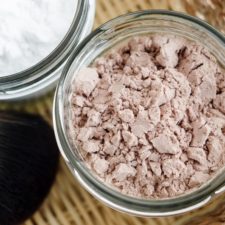
 221 views
221 viewsHomemade Face Powder Foundation - A...
mymerrymessylife.com
3.8
(5)
Your folders

 183 views
183 viewsOven baked chicken schnitzel | Hear...
heartfoundation.org.au
Your folders
 166 views
166 viewsDIY Powder Foundation For A Light C...
savvyhomemade.com
Your folders

 40 views
40 viewsChicken fried rice | Heart and Stro...
heartandstroke.ca
Your folders

 7 views
7 viewsREVITALESSENCE SKIN GLOW Foundatio...
shiseido.com
Your folders

 56 views
56 viewsSalmon with mango chutney | Heart a...
heartandstroke.ca
Your folders

 128 views
128 viewsPanko-crusted fish sticks | Heart a...
heartandstroke.ca
Your folders

 48 views
48 viewsCreamy clam chowder recipe | Heart ...
heartandstroke.ca
Your folders

 335 views
335 viewsSan Antonio-Style Puffy Tacos With ...
seriouseats.com
3.0
(2)
Your folders

 169 views
169 viewsGinger shrimp with gai lan | Heart ...
heartandstroke.ca
Your folders

 117 views
117 viewsbarePRO Liquid Foundation | Full ...
bareminerals.com
Your folders

 145 views
145 viewsbarePRO Liquid Foundation | Full ...
bareminerals.com